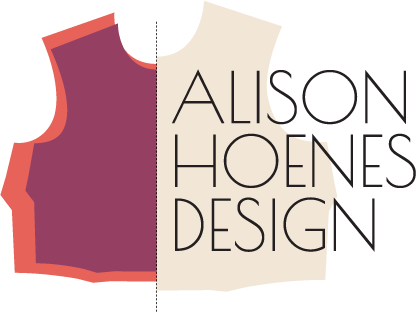Thread is what literally holds your garment together. It has to be there, so why not use it to your advantage as part of the design?
Thread might come as an afterthought, but it is just as important of a design element as anything else in your garment. You can use it to highlight, style, and brand certain parts of the garment. It is not merely a functional necessity.
Topstitching can be a contrast color that compliments the garment. Denim styles often use a gold topstitch that stands out against the fabric. Internal seams of an unlined garment can also be in a contrast color. This could be a fun way to add your brand color to the garment in a surprise way only seen when getting the garment on and off.
The placement of topstitching draws attention to edges and hems. The depth of the hem, marked by the topstitching, can add visual weight and balance to the garment.
There is also a decorative element to topstitching. Thread decoration in design can be the number of rows of topstitching, the thickness of the thread, and whether there are any almost embroidery-like areas like on the back pockets of jeans. The thread pattern on buttons can also be a decorative element (X shape, l l shape, or some other pattern of stitching).
Different types of stitching give a different look to the design as well. Blazers sometimes have hand-stitched edges. Active styles might have a coverstitch that densely covers the seam with criss-cross looped threads.
Thread may not seem that important to the overall design, but if you want it to, it can be a big part of what makes the garment special.
